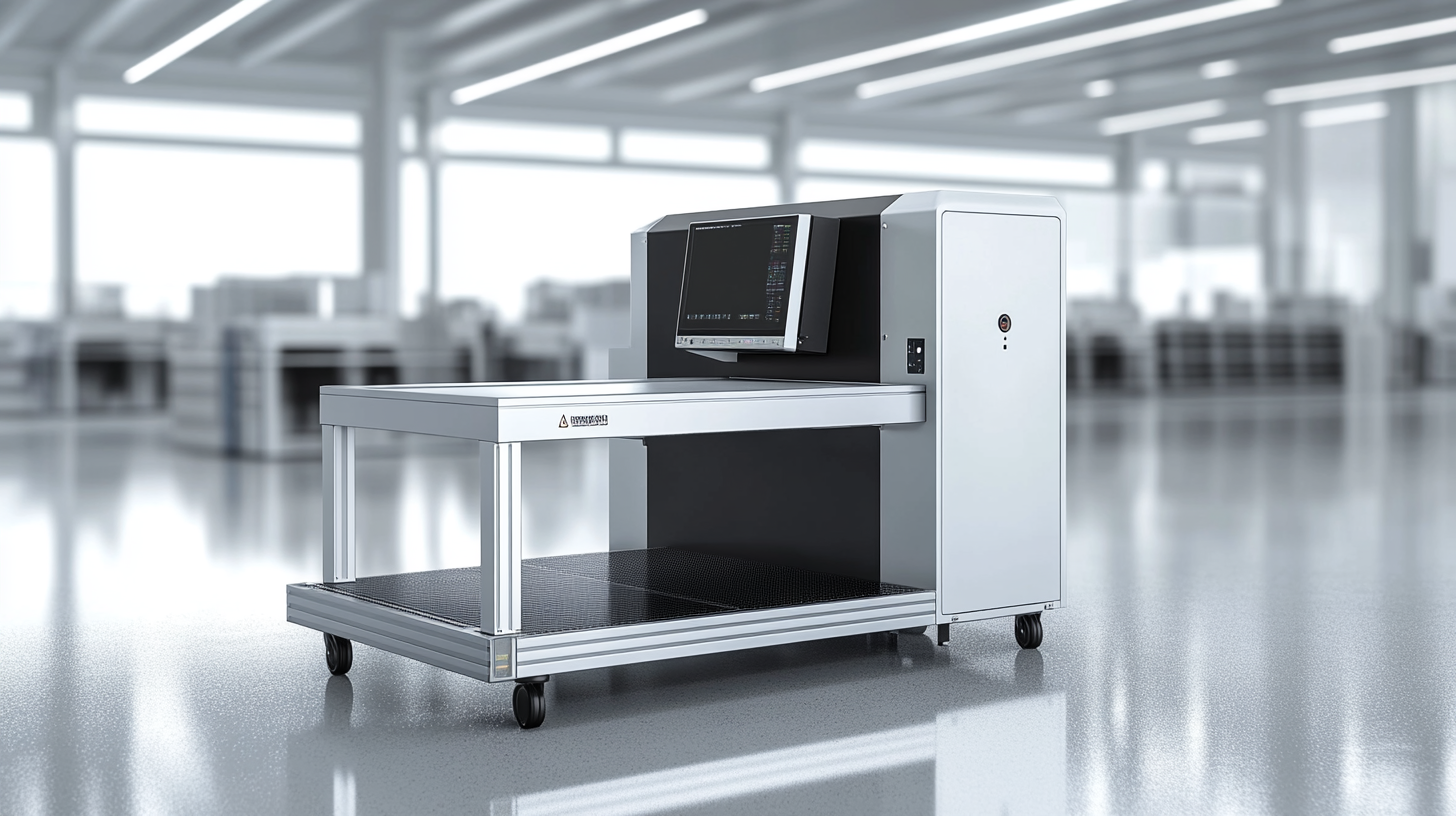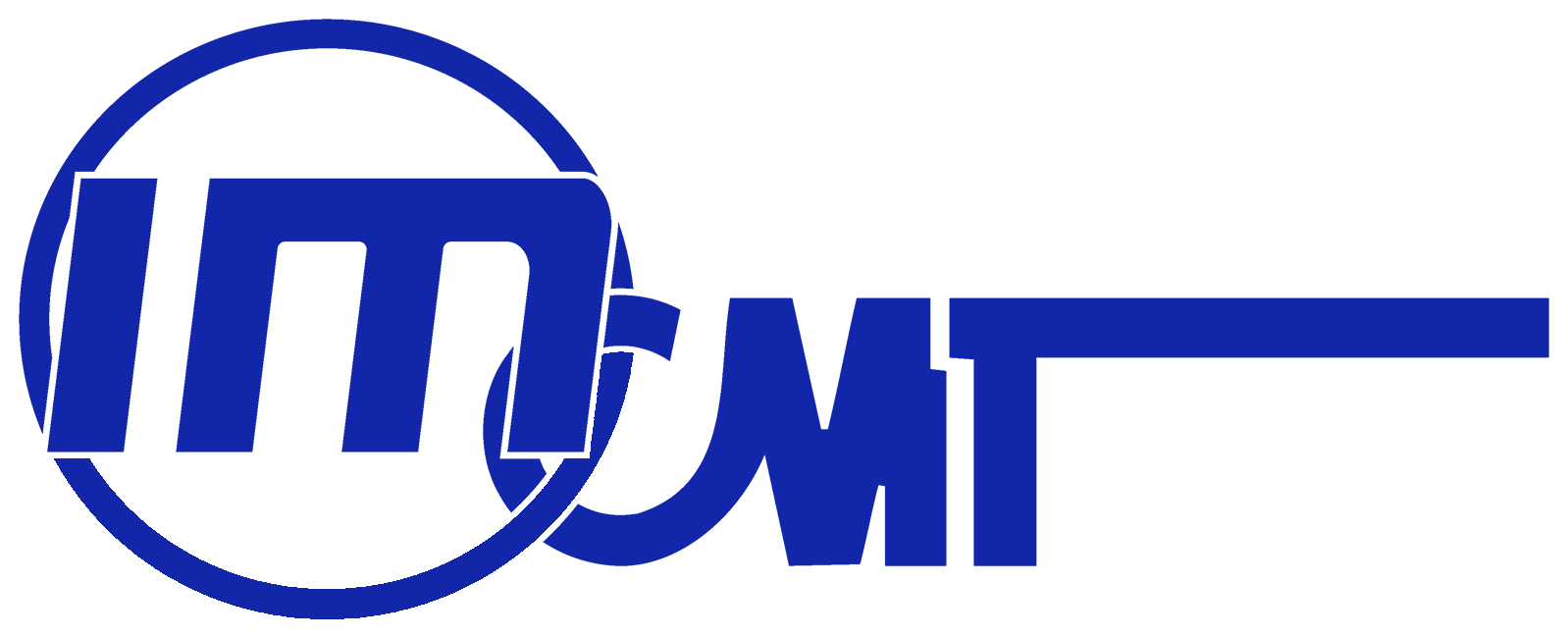Understanding Export Compliance for Desktop Fiber Laser Marking Machines in Global Markets
In the rapidly evolving landscape of industrial manufacturing, the Desktop Fiber Laser Marking Machine has emerged as a pivotal tool for businesses seeking precision and efficiency in their marking processes. According to a report by MarketsandMarkets, the global laser marking market is projected to grow from USD 3.58 billion in 2020 to USD 6.82 billion by 2025, at a compound annual growth rate (CAGR) of 13.5%. As companies increasingly adopt advanced technologies to improve product customization and branding, understanding the regulatory environment surrounding the export of these machines is vital for maintaining compliance and competitive advantage in global markets.
Export compliance for Desktop Fiber Laser Marking Machines is not merely a bureaucratic necessity; it holds significant implications for manufacturers and exporters alike. The complexity of international trade regulations, supplemented by diverse import restrictions and safety standards, requires a thorough grasp of both domestic and foreign laws. According to the Bureau of Industry and Security (BIS), failure to adhere to export regulations can result in substantial penalties, potentially exceeding USD 1 million. As such, businesses must prioritize comprehensive compliance strategies to navigate the intricate regulatory landscape effectively, ensuring successful market entry and sustainability on the global stage.

Overview of Export Compliance Regulations for Fiber Laser Marking Machines
When it comes to exporting fiber laser marking machines, understanding the complex landscape of export compliance regulations is crucial for manufacturers and exporters. These machines, widely used for precision marking in various industries, are subject to a variety of regulations aimed at ensuring they do not pose any risks to national security, public safety, or trade relations. Regulations can differ significantly from one country to another, making it imperative for exporters to thoroughly research and comply with the specific requirements of the destination market. In the United States, for instance, the Bureau of Industry and Security (BIS) oversees the export of technology and equipment, including laser marking machines. Exporters must determine the correct classification of their machines, as certain models may fall under Export Control Classification Numbers (ECCNs) due to their capabilities. This classification directly influences the licensing requirements, and non-compliance can lead to severe penalties. Additionally, specific countries may have restrictions based on the end-user or end-use of the equipment, which further complicates the compliance process. Moreover, international standards, such as those set by the International Organization for Standardization (ISO), play a pivotal role in ensuring product safety and quality. Adhering to these standards not only promotes compliance but also enhances the reputation of the manufacturer in the global market. As businesses plan to expand their reach by exporting fiber laser marking machines, investing time and resources in understanding compliance regulations will be critical to successful international operations.

Key Compliance Challenges Faced in International Markets
In the realm of global trade, desktop fiber laser marking machines have gained significant traction due to their precision and efficiency. However, exporting these machines across borders can present a labyrinth of compliance challenges that manufacturers and exporters must navigate. Understanding these key challenges is crucial for companies aiming to penetrate international markets while remaining compliant with local laws and regulations.
One of the primary compliance challenges faced in international markets is the varying regulatory standards across different countries. Each nation can have its own set of rules regarding safety, environmental impact, and technology transfer, which can complicate the export process. For instance, a machine that meets compliance in the United States may not necessarily adhere to the standards set by the European Union or Asia. This disparity can lead to delays, fines, or even the rejection of shipments, emphasizing the importance of thorough research and adaptation to local requirements.
Another significant hurdle is the classification and licensing of technology. Desktop fiber laser marking machines often contain advanced features and software that may fall under specific export controls. Exporters must ensure they understand whether their products are classified as dual-use technologies or whether they require special export licenses, depending on their destination country. Failure to obtain the necessary licenses can result in serious legal repercussions and damage to a company's reputation in the international market.
In addition, understanding the impact of global trade policies and tariffs is essential for compliance. Shifts in trade agreements can alter the import duties levied on laser marking machines, affecting price competitiveness and market entry strategies. As such, manufacturers must stay informed about the geopolitical landscape and engage proactively with trade compliance experts to adapt their export strategies accordingly. By addressing these challenges head-on, companies can more effectively leverage the growing demand for fiber laser marking technology in global markets.

Understanding Export Control Classification Numbers (ECCNs) for Fiber Lasers
When navigating the complexities of global markets, understanding Export Control Classification Numbers (ECCNs) for fiber lasers is crucial for manufacturers of desktop fiber laser marking machines. ECCNs are used to identify items that are subject to export regulations and can dictate the intricacies of the export process. For instance, according to the Bureau of Industry and Security (BIS), certain fiber laser systems might fall under ECCNs that restrict their export depending on their specifications and potential applications.
The market for fiber laser engraving and marking technology is growing rapidly, projected to reach $2.6 billion by 2025, as stated in a report by ResearchAndMarkets. As more companies look to export their products, it is imperative to understand how ECCNs correlate with market demands and export regulations. For example, Class 6A003 covers high-performance lasers for potential military applications, while other categories may focus on civilian uses with less restrictive regulations. Ensuring compliance with relevant ECCNs not only mitigates legal risks but also enhances competitiveness in global markets.
It is essential for manufacturers to conduct thorough evaluations of their products and consult the Commerce Control List (CCL) to determine the appropriate ECCN. Companies that fail to comply can face severe penalties, including fines and loss of export privileges, which underscores the necessity of integrating compliance into their strategic planning. With the fiber laser market expanding, a proactive approach to understanding and managing ECCNs will be paramount for companies looking to thrive internationally.

Best Practices for Ensuring Compliance During Export Processes
In the ever-evolving landscape of global markets, export compliance has emerged as a critical concern for companies dealing with desktop fiber laser marking machines. This is particularly true given the recent introduction of China's Export Control Regulations for dual-use items, effective December 1, 2024. These regulations aim to ensure that technologies with potential military applications are regulated, thereby establishing a comprehensive framework for compliance. As businesses aim to expand internationally, understanding these regulations becomes paramount to avoid legal repercussions and ensure smooth market entry.
To ensure compliance during the export process, businesses should adopt best practices that align with both local and international laws. First and foremost, conducting thorough due diligence on potential partners and customers is essential. This involves researching their backgrounds, understanding their business operations, and assessing any associated risks. Furthermore, companies should invest in training their personnel on compliance protocols, equipping them with the knowledge to navigate complex regulatory requirements confidently.
Additionally, maintaining accurate documentation throughout the export process is crucial. This includes securing the necessary licenses, permits, and certificates of compliance that validate the exportation of laser marking machines. Regular audits and compliance checks can also help identify any potential gaps in adherence to regulations, allowing for timely corrective actions. Ultimately, by staying informed and proactive about evolving export control regulations, businesses can enhance their competitive edge while promoting sustainable partnerships in the international arena.
Impact of Global Trade Policies on Fiber Laser Marking Equipment Exports
In the realm of global trade, the export of fiber laser marking machines has been significantly influenced by evolving trade policies. These policies dictate not only the legal framework for international transactions but also affect operational costs, market accessibility, and competitiveness. For manufacturers looking to export desktop fiber laser marking equipment, understanding the implications of these policies is essential for successful market penetration and compliance.
Recent shifts in trade agreements and tariffs have reshaped the landscape for exporters. Policies that prioritize local production or impose high tariffs can create barriers for businesses in the fiber laser marking sector. Conversely, favorable trade agreements may lower tariffs and facilitate smoother cross-border logistics. Thus, manufacturers must stay informed about the latest developments in trade regulations across different regions, as these can directly impact profit margins and strategic planning.
Furthermore, adherence to export compliance regulations becomes a crucial aspect of international trade. Companies need to navigate the complexities of export licensing and documentation requirements, which vary by country. Non-compliance can lead to significant legal repercussions and financial losses. Therefore, embracing a thorough understanding of global trade policies is not just a matter of legality; it is a strategic necessity for companies aiming to thrive in the competitive market of fiber laser marking technologies.
